Nannyberry Viburnum – 3 Gallon Pot
$68.51 Original price was: $68.51.$47.96Current price is: $47.96.
SKU: D2LSC 7270117651 Categories: SHRUBS & BUSHES, Viburnums
- 7 days return and exchange
- 100% Quality Satisfaction
- Shop with Confidence
- No Compromise on Quality

Nannyberry Viburnum
Viburnum lentago
Plant Details
USDA Plant Hardiness Zones: 3a-8b Find Your Zone
Plant Type: Deciduous Flowering Shrub or Small Tree
Height at Maturity: 15-18′, taller if tree-formed
Width at Maturity: 8-12′
Spacing: 8′ apart for solid hedge; 18’+ apart for space between plants.
Growth Habit / Form: Multi-stemmed, Round, Upright
Growth Rate: Moderate
Flower Color: Creamy White
Flower Size: 3-4″
Flowering Period: Late Spring
Flower Type: Domed, Flat-Topped Clusters
Fragrant Flowers: No
Foliage Color: Dark Green
Fragrant Foliage: No
Berries: Yes
Berry Color: Yellow to Red to Blue/Black, edible!
Sun Needs: Full to Mostly Sun, Morning Sun With Afternoon Shade, Morning Shade with Afternoon Sun
Water Needs: Moist to Average
Soil Type: Clay, Loam, Sandy, Silty
Soil Moisture / Drainage: Well Drained Moist to Dry when established
Soil pH: 5.0 – 7.5 (Acid to Neutral)
Maintenance / Care: Low
Attracts: Visual Attention, Birds, Butterflies, Beneficial Insects
Resistances: Disease, Moderate Drought, Heat, Insect, Air Pollution
Description
A larger growing species, the Nannyberry Viburnum can be grown as a large shrub from 10 to 18 feet tall or lower branches can be removed to form a very attractive small to medium sized single or multi stemmed tree that might reach up to 25 feet in height. Its stems are clothed in ovate, finely toothed, lustrous dark green leaves with a lighter underside, which turn reddish-purple-marron in the fall. Abundant, dome-shaped flat-top clusters of showy white flowers appear in late spring which are followed by blue-black berries the birds and other wildlife will thank you for. What’s more, the fruits are edible and can be picked and eaten right off the bush when ripe!
Landscape & Garden Uses
Growing 15 to 18 feet tall and 8 to 12 feet wide at maturity, the Nannyberry Viburnum can be grown as a large shrub or lower branches can be removed to form a very attractive small tree ideal for use as an eye-catching specimen or groupings in landscape and flowering shrub borders. As a tree, it might reach upwards of 25 feet in height. Also useful to frame corners of homes and entryways or as espalier (trained to grow flat against a wall) in home foundation plantings. A fine addition to edible gardens, white theme gardens, wildlife gardens, and cottage gardens.
Suggested Spacing: 8 feet apart for solid hedge; 18 feet or more apart for space between plants.
Growing Preferences
Viburnum is very easy to grow in most any moist but well drained soil of average fertility and full sun to part shade. It prefers a loamy soil rich in organic matter. As with so many other ornamental plants it does not like constantly soggy or wet conditions. Quite drought tolerant when established and we’ve seen no serious pest or disease problems. Deer haven’t touched it in our gardens. For best flowering, at least 5 hours of direct sunlight per day is suggested. Responds very well to pruning for shaping, size control and tree forming. Prune as needed immediately after flowering.
Helpful Articles
Click on the link below to find helpful advice from our experts on how to plant, prune, fertilize and water Viburnums.
How To Plant And Care For Viburnum Plants
Plant Long & Prosper!
Meet The Wilson Brothers & Staff
Questions? Contact Us
The Bush came as described, packed well, shipped promptly. I would definitely purchase from them again.———————————————————————–Thanks for the awesome review! We are so glad you are pleased and we hope you enjoy it for years to come! 🙂 Beth Steele | WBG
We ordered 5 Nannyberry from Wilson Bros. and all 5 not only arrived sooner than expected but also in excellent condition. We have planted them and there are no signs of stress. Very pleased with this whole experience—————————————-We are so glad you are pleased and we hope you enjoy them for years to come! Thanks for the kind words and great review! 🙂 Beth Steele | WBG
Be the first to review “Nannyberry Viburnum – 3 Gallon Pot” Cancel reply
Related products
New
Hydrangeas
New
New
Azaleas
New
New
Gardenias
New
SHRUBS & BUSHES
New
New
SHRUBS & BUSHES

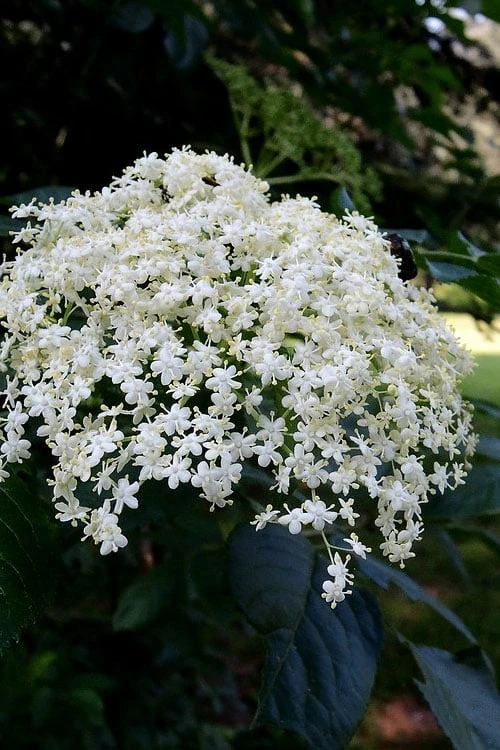
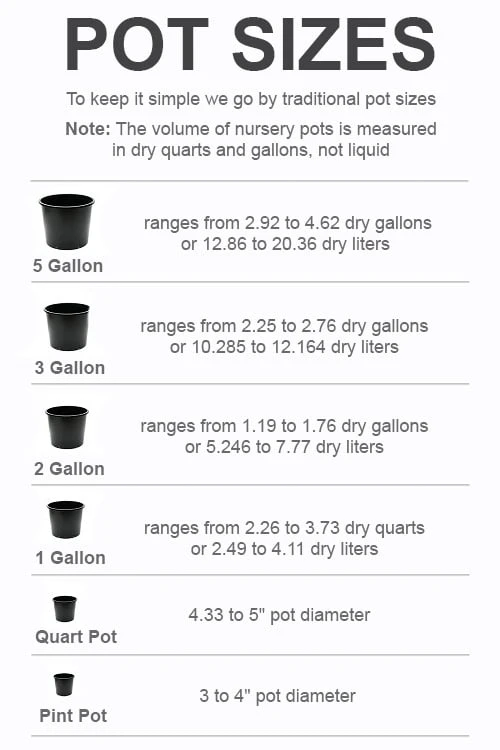


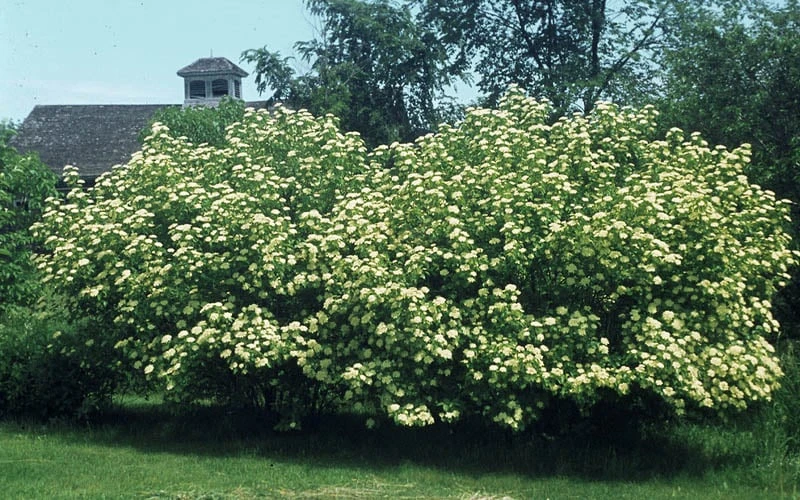
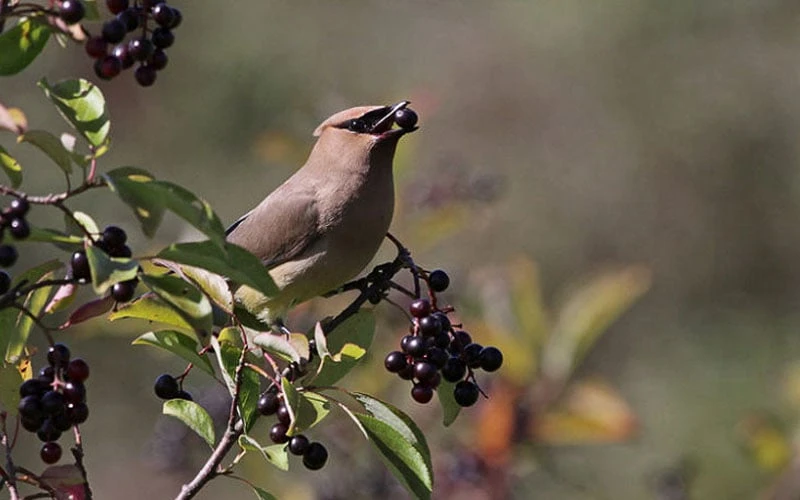

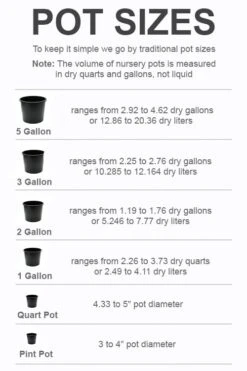
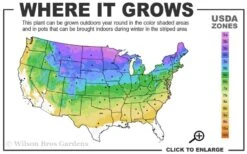




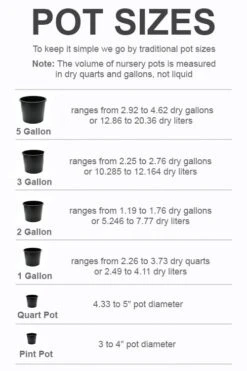

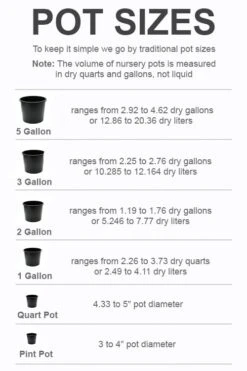
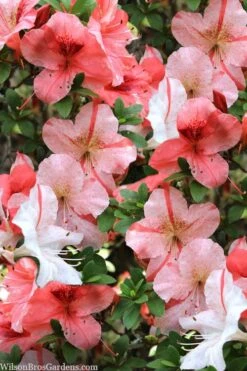
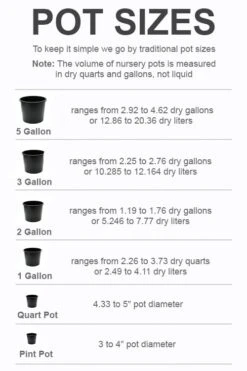

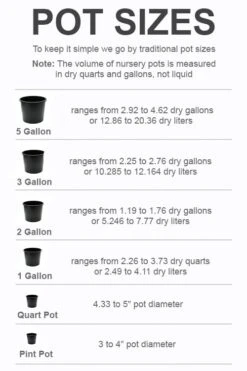

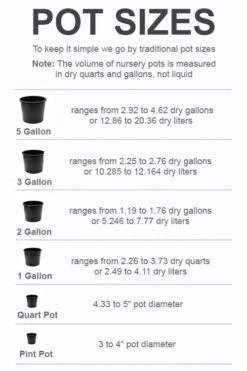
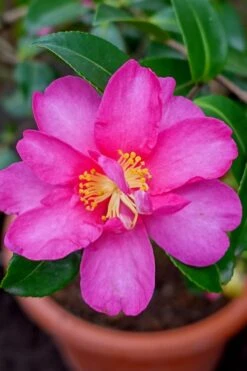
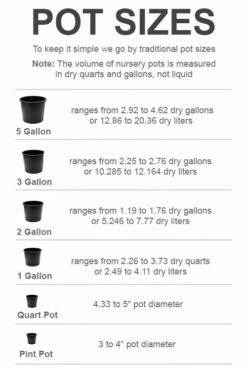


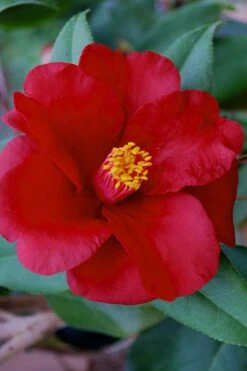
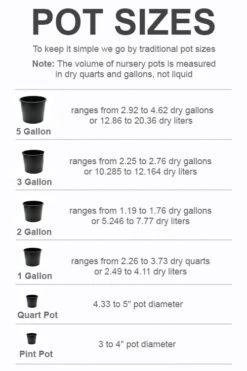
Reviews
There are no reviews yet.